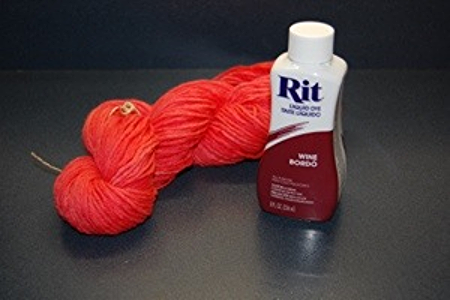Asheville Yarn Shops
/While Fire Beard and I were in North Carolina I visited a few yarn stores up in Ashville. Ashville, if you are not familiar with the city, could easily be referred to as the Portland of the South East. It is packed with Locally Owned stores, coffee roasters, breweries, street musicians, and crafters. I am a big fan.
Downtown, on Wall street, a few store fronts from a climbing gym and vegan friendly restaurant, is Purl. It is the only yarn store I have ever been in that had more male customers than female, and the only yarn store I have ever been in that is organized primarily by color. I expect it would be a dream come true for a yarn driven knitter, but as a pattern driven knitter, the yarn organization is not my cup of tea. I find it hard to find what I am looking for at Purl without asking for help, but it is wonderful visual inspiration.
I was very happy to see truly local, North Carolina Spun yarn represented at Purl. The local yarn was a surprisingly competitive price, but I was a bit disappointed with the quality of the spinning. The local yarn that I saw was inconsistently spun singles. It looked lumpy, rather than artistically thick and thin. I did not buy any. Nevertheless, it was very nice to see a local product, and I plan to buy some next time if the quality is better.
We also stopped at Yarn Paradise, on the south side of Ashville, and there I did buy a couple of skeins.
Yarn Paradise is a fairly average, but well run yarn store. It has a large selection of well-known yarn brands, and the staff was friendly, helpful, and quick to steer me toward the sales. I picked up two skeins of Malabrigo Finito in Paloma, a yarn Malabrigo produces only once a year from the finest quality wool available. It is incredibly soft and beautiful. I think it may become a scarf or small shawl.
I still have a few yarn stores to visit next time I’m in Ashville, and I am hoping I will find one that has the character and personality of Purl, with the management of Yarn Paradise. Any recommendations?














